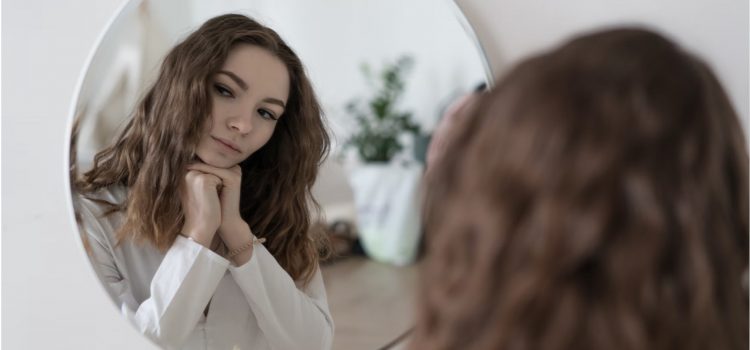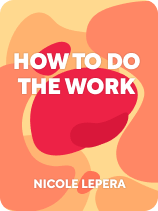

This article is an excerpt from the Shortform book guide to "How to Do the Work" by Nicole LePera. Shortform has the world's best summaries and analyses of books you should be reading.
Like this article? Sign up for a free trial here.
What are attachment patterns in psychology? How does your childhood influence your current attachment pattern?
Bestselling author Nicole LePera argues that the most effective way to overcome defensive childhood patterns is to consciously address the childhood experiences that caused you pain. According to her, the reason your attachment pattern holds so much sway over you is that you’re still using it to avoid feeling your childhood pain.
Keep reading to learn LePera’s explanation of psychological attachment patterns caused in childhood.
Attachment Patterns Begin in Childhood
When discussing attachment patterns in psychology, LePera argues that because you’re not conscious of the defensive childhood patterns that have been passed down from your parents, you automatically seek out and experience relationships that mirror the relationship you had with your parents.
She explains that your reliance on others to feel loved and secure doesn’t end in childhood but, rather, remains with you throughout your adult life as psychological attachment patterns. And the way you now encourage others to make you feel loved and secure echoes the way you learned to elicit these feelings from your parents. These attachment patterns inevitably re-create the same psychological relationship dynamics you experienced as a child.
For example, your mother was overbearing and difficult to live with. To elicit affection, you submitted to her demands and ignored your own needs. Because you learned this psychological attachment pattern as a child, you now automatically submit to other people’s demands in an attempt to win over friends and romantic partners. Your submissive behavior inevitably attracts people who want you to be submissive—thus creating the same relationship dynamics you shared with your mother.
| Attachment Patterns in Psychology: You Unconsciously Replicate Child-Parent Interactions Psychological research validates LePera’s argument that adults tend to replicate the childhood relationships they had with their parents. According to attachment theory in psychology, children form a specific “attachment pattern” largely based on parent-child interactions. The theory asserts that children carry these attachment patterns into their adult relationships. In Attached, Amir Levine and Rachel S. F. Heller note that this theory assumes children who were raised by supportive caregivers tend to develop a “secure” attachment pattern, while those who were raised by unsupportive caregivers develop “insecure” attachment patterns. They describe two insecure attachment patterns in psychology: “anxious attachment,” defined by a constant need for reassurance from your partner; and “avoidant attachment,” defined by a desire to keep your partner at arm’s length. However, Levine and Heller acknowledge that many factors in addition to the child-parent relationship play into the development of psychological attachment patterns. Additionally, they assert that attachment patterns are not written in stone: While 70 to 75% of adults remain in the same attachment pattern category throughout their lives, 25 to 30% of adults shift attachment patterns at some point in their lives. This means that even if you were raised by unsupportive parents, you’re not predestined to become an insecure attacher. Likewise, if you were raised by supportive parents, there’s no guarantee that you’ll become a secure attacher. |

———End of Preview———
Like what you just read? Read the rest of the world's best book summary and analysis of Nicole LePera's "How to Do the Work" at Shortform.
Here's what you'll find in our full How to Do the Work summary:
- How childhood conditioning impacts your mental and physical health
- How to develop positive patterns that improve your well-being
- Tools to feel happier, healthier, and more in control of your life






